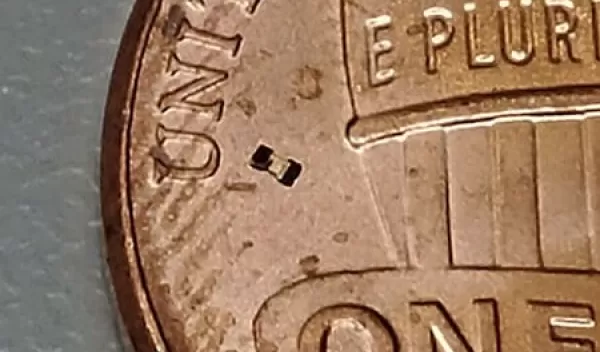
All-terrain microrobot flips through a live colon
A rectangular robot as tiny as a few human hairs can travel throughout a colon by doing back flips, Purdue University engineers have demonstrated in live animal models.
Why the back flips? Because the goal is to use these robots to transport drugs in humans, whose colons and other organs have rough terrain. Side flips work, too.
Why a back-flipping robot to transport drugs? Getting a drug directly to its target site could remove side effects, such as hair loss or stomach bleeding, the drug may otherwise cause by interacting with other organs along the way.
The U.S. National Science Foundation-funded study, published in the journal Micromachines, is the first demonstration of a microrobot tumbling through a biological system in vivo. Since it is so small, the microrobot is powered and wirelessly controlled from the outside by a magnetic field.
"When we apply a rotating external magnetic field to these robots, they rotate just like a car tire would over rough terrain," said David Cappelleri, a Purdue mechanical engineer. "The magnetic field also safely penetrates different types of mediums, which is important for using these robots in the human body."
The magnetic microrobot can successfully tumble throughout the colon despite rough conditions, the researchers' experiments showed. A video explaining the work is available on YouTube.
The microrobots, cheaply made of polymer and metal, are nontoxic and biocompatible, the study showed. Commonly used roll-to-roll manufacturing machinery could potentially produce hundreds of these microrobots at once.
The researchers believe the microrobots could act as diagnostic tools in addition to drug delivery vehicles.


